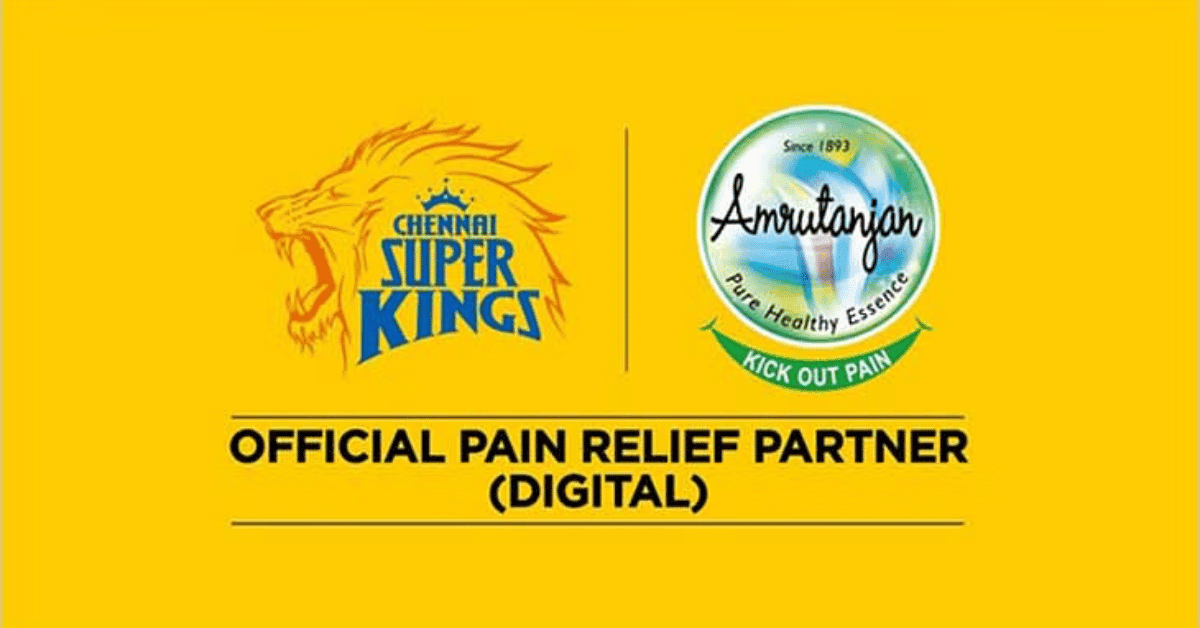In 2025, personal branding isn’t about going viral—it’s about building value. Yet, too often we confuse likes with leadership, and followers with influence. The real question isn’t how many people follow you. It’s who’s listening—and why.If you’re a CXO, doctor, founder, or expert in your field, it’s time to move beyond vanity metrics and start building a thought leadership brand that commands respect, builds trust, and creates lasting impact.
1. Vanity Metrics vs. Real Influence
Let’s get one thing straight:
Followers ≠ Authority ; Likes ≠ Credibility
Vanity metrics are surface-level. They’re tempting, but fleeting:
- A reel hits 50K views—but how many decision-makers saw it?
- You gain 500 followers overnight—but are they your target audience?
- You get 100 comments—but is any of it leading to meaningful conversations or connections?
Real influence goes deeper:
- Are you being invited to speak because of your insights?
- Are potential clients referencing your posts in meetings?
- Are people quoting your ideas in their own content?
That’s thought leadership—and it has staying power.

2. Why Thought Leadership Matters (More Than Ever)
In today’s cluttered content world, attention is cheap. Trust is the real currency.
A strong thought leadership brand:
- Builds authority in your niche
- Attracts high-quality leads who align with your values
- Increases visibility for PR, partnerships, and panels
- Shapes perception—you’re not just another expert, you’re the one they remember
Thought leadership is what sets apart the “nice profile” from the go-to name in the room.

3. Content That Builds Real Influence (Not Just Hype)
Here’s how to create content that earns trust—not just hearts and shares:
✅ Speak to Your Niche
Define your zone of expertise. Be known for one thing first, then expand. Example: “Marketing for healthcare founders” or “Finance tips for first-gen entrepreneurs.”
✅ Teach, Don’t Sell
Share insights, frameworks, and behind-the-scenes thinking. Thought leaders give away value before asking for anything.
✅ Be Consistently Visible
Post 2–3 times a week. Not everything needs to go viral—what matters is showing up.
✅ Tell Stories With Purpose
People remember narratives, not bullet points. Use personal stories to anchor your message and make it relatable.
✅ Have a POV (Point of View)
Thought leadership isn’t about being liked by everyone. Take a stance. Say something that challenges the norm or reframes how people see a problem.
✅ Use Multiple Formats
- Carousels = Teach something visually
- Videos = Build trust through face + voice
- Articles = Long-form depth
- Stories = Behind-the-scenes authenticity
Influence is Quietly Powerful
If you’re building a brand that truly matters, don’t chase popularity. Chase purpose.
Your goal isn’t to impress—it’s to impact.
Not to go viral—but to be valuable.
And when that happens? The right people will find you, follow you, and trust you.
Want to elevate your personal brand from just visible to truly influential?
Let’s build it—with strategy, clarity, and bold storytelling.












